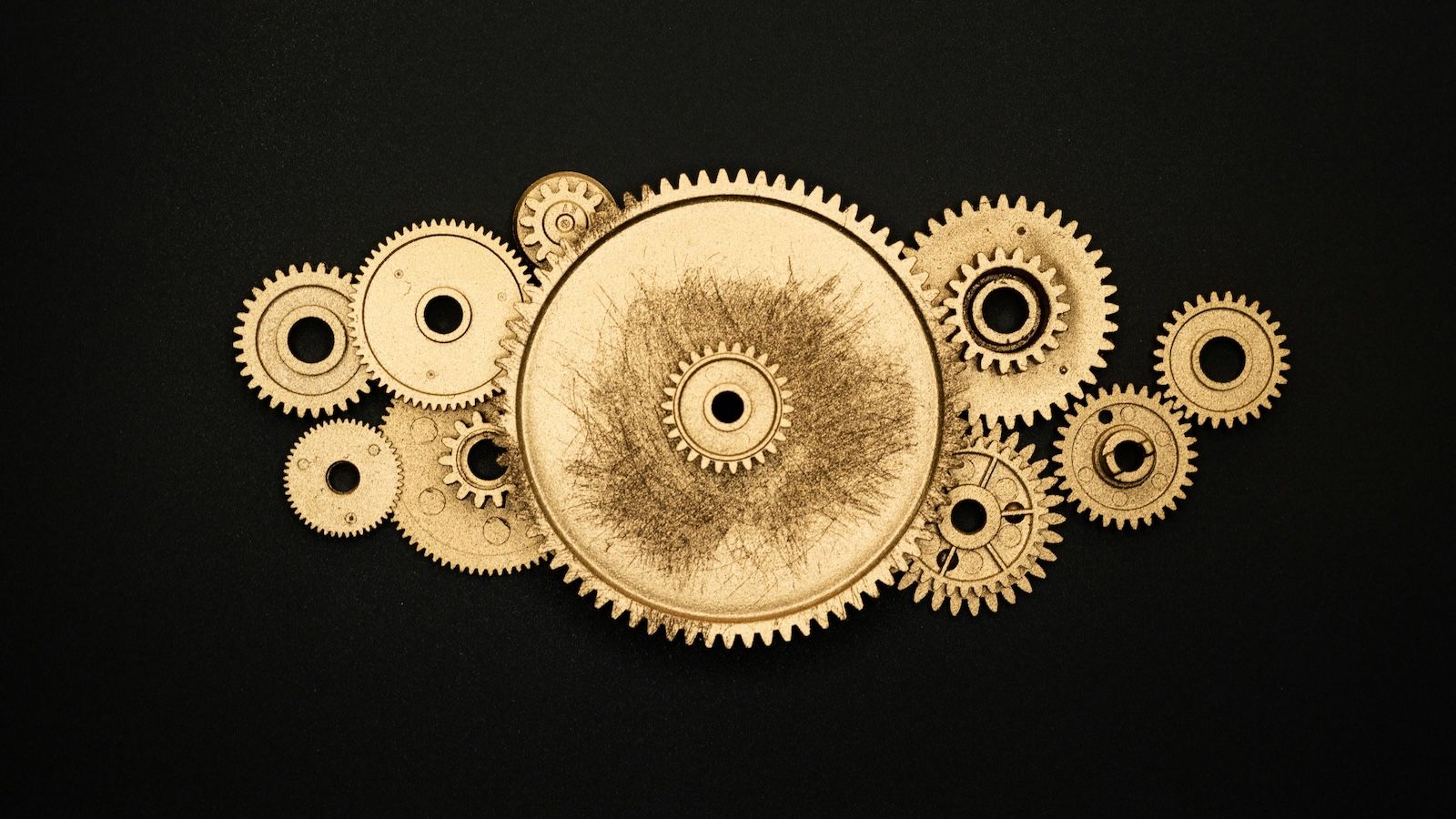#ec2 | Amazon EC2 (1)
All about utilizing and managing virtual machines on AWS.
Optimizing Amazon Linux 2023 for tiny EC2 instances: t3.nano, t3a.nano, or t4g.nano
I recently observed severe performance degradation when porting our S3 antivirus solution, bucketAV, from Amazon Linux 2 to Amazon Linux 2023 on tiny instance types such as t3.nano, t3a.nano, or t4g.nano. It took minutes to run commands that usually com...
Read moreSimplified AMI deletion: new feature streamlines cleanup
For years, deleting an Amazon Machine Image (AMI) required a cumbersome two-step process: first deregistering the AMI, then manually deleting the underlying EBS snapshots. Forgetting that second step was costly—orphaned snapshots would accumulate, causi...
Read moreCleaning up AMIs
Costs are like fingernails. You have to cut them constantly. When working with AWS, cleaning up unused resources is crucial. Otherwise, you will end up with a steadily growing AWS bill and waste money. Do you build AMIs automatically, for example, with ...
Read moreWorldwide availability of EC2 instance types
The promise sounds tempting; with AWS, you can roll out your infrastructure in 33 regions worldwide. Indeed, it is an eye-opening moment when rolling out the same infrastructure into multiple regions to serve users in different parts of the world. Howev...
Read moreSelf-hosted GitHub runners on AWS
GitHub Actions became my tool of choice for automating tasks around software development. To execute jobs, GitHub Actions relies on runners. By default, jobs run on GitHub-hosted runners. But there are good reasons to use self-hosted runners. Reducing ...
Read moreNow available: Book Amazon Web Services in Action 3rd Edition
We are happy to announce the official launch of our new book Amazon Web Services in Action 3rd Edition. The final version of the book is out now. We wrote the 1st edition back in 2015, and since then, we sold more than 30,000 copies, and the book has be...
Read moreHow we built bucketAV powered by Sophos
This is the behind-the-scenes story of our latest product launch bucketAV powered by Sophos, a malware protection solution for Amazon S3. We share insights into building and selling a product on the AWS Marketplace. Our story began in 2015 when we publi...
Read moreFallback to on-demand EC2 instances if spot capacity is unavailable
In recent months, I was again reminded that EC2 spot capacity is not always available. For years, I was looking for a safety net for my spot-based Auto Scaling Groups (ASGs). If spot capacity is unavailable, launch on-demand EC2 instances and replace th...
Read moreShow Me Your Architecture Vol. 1: Scanning S3 buckets for malware
Through the AWS documentation, books like AWS in Action or AWS trainings you can gain theoretical knowledge. But beyond that, it is very valuable to learn directly from practice. In this series, we inspect real-life AWS architectures. We start with Andr...
Read moreConnect to your EC2 instance using SSH the modern way
Did you know that establishing an SSH connection with an EC2 instance is possible without configuring a key pair and allowing inbound traffic on port 22? How is that possible? The secret is a combination of EC2 Instance Connect and Systems Manager (SSM)...
Read moreHow to set up Jenkins on AWS?
What’s the best way to run Jenkins on AWS? As Jenkins is still a popular automation server used for continuous integration and deployment, consulting clients have engaged me to design and implement a cloud architecture for Jenkins several times in recen...
Read moreEBS Snapshot Pitfalls: Does your backup withstand reality?
Does your disaster recovery plan deliver what it promises? Here are three reasons why your plan won’t stand up to reality. Learn about common pitfalls when backing up EC2 instances with the help of EBS snapshots. A crash-consistent snapshot leads to da...
Read moreEC2 Checklist: 7 things to do after launching an instance
Launching an EC2 instance takes minutes. Keeping your virtual machines secure and maintaining your VMs is more work. In this blog post, I share seven things to do after launching a Linux, Windows, or macOS instance: Configure remote access with SSM Ses...
Read moreChoosing the best way to scale EC2 instances on demand
Migrating workloads into the cloud — and specifically to AWS — comes with many advantages. You can operate workloads in new ways. When you only pay for what you use and add capacity within minutes, the world of auto-scaling opens up. When your workload ...
Read moreCheap, Durable, Fast. How to choose an EBS volume type?
Elastic Block Storage (EBS) provides solid state drives (SSD) and hard disk drives (HDD) for EC2 instances. The virtual machine accesses the persistent storage via the network. In December 2020, AWS announced another volume type called General Purpose S...
Read moreUnusual AWS Architectures
AWS provides many building blocks. As architects, we have to choose the right building blocks to construct our systems. But sometimes, the proper building block is not available, and we have to make compromises. In this blog post, I show four unusual AW...
Read moreTransition to IMDSv2 on EC2 - Introduction, Preparation, Pitfalls
IMDSv2 can improve EC2 security. For a couple of weeks, AWS Foundational Security Best Practices recommends that EC2 instances use IMDSv2 (control EC2.8). This video explains why IMDSv2 is useful and what attacks it protects you against, including a li...
Read moreHow do you choose the best storage option on AWS?
Choosing storage service is critical when designing a cloud architecture. Read on to learn about the characteristics, limitations, typical use cases, and a decision tree for the following options to store data on AWS: Instance Store provides low latenc...
Read moreBuilding with EC2: 10 Tips for the Successful Cloud Architect
Despite the Kubernetes and Serverless hypes, the vast majority of cloud workloads still happen on virtual machines. AWS offers the Amazon Elastic Compute Cloud (EC2) service, where you can launch virtual machines (AWS calls them instances). The EC2 serv...
Read moreCloudWatch Metrics & Alarms reloaded
Amazon CloudWatch improved significantly over the years. It’s time to look at its monitoring capabilities again. CloudWatch is an excellent starting point to implement enhanced monitoring on AWS. In this blog post, I demonstrate what you can do with Clo...
Read more


















